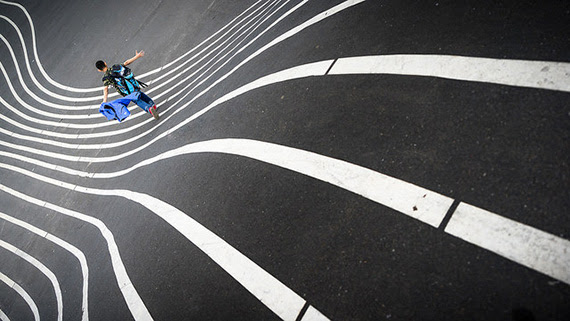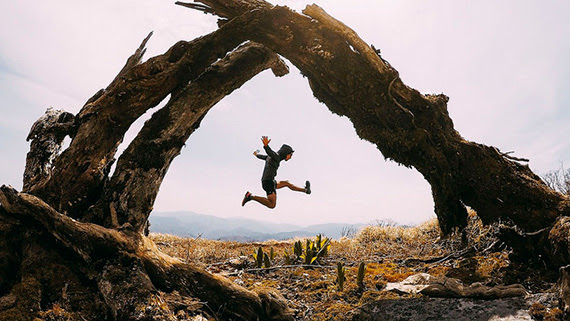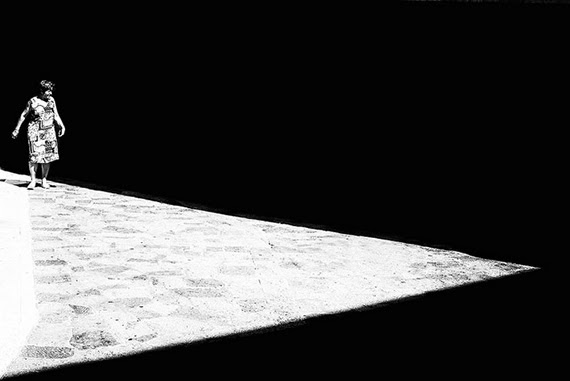Top 10 Composition Tips in Photography – Must Read
Photography is all about composition. If you can’t compose an image, you can’t take photos. That’s the bottom line. This is where your photography journey starts as a beginner. Learning to place the elements in the photo is natural for some, but the rest of us we have to learn.

So what is composition? The dictionary definition is “the act of combining parts or elements to form a whole.” What you are looking to do in composing an image is to take the important parts of the scene and combine them to create a photo that’s pleasing to the eye. This is all well and good, but how can we do this most effectively? Here are my top ten tips.
1. Clearly identify your subject
This is the non-negotiable of photography. Unless your subject is the focal point of the image you don’t have a photo. When looking at the image, a person should be able to clearly identify the subject. So make sure you give enough attention to the subject of your focus.
2. Fill your frame
One of the most common mistakes made by budding photographers is failing to fill the frame with their subject or the major elements of the image. Get in closer and exclude the parts that you don’t want. Open space serves no purpose when the subject is too small or cannot be identified.

3. Horizontal vs. vertical
Camera manufacturers are to blame for this dilemma because all cameras are designed to be held in a horizontal format. It shouldn’t be an ‘either or’ situation but rather a ‘both’. Try to shoot 50 percent of the time in both formats. There is no rule which is best, and the key is to experiment.
4. Dramatic angles
Shoot from high up or low down. Use your feet and move around the subject looking for an optimum angle. Don’t be afraid to get down on your stomach or climb a tree. Look for different and dramatic angles that will make your images more striking.
5. Don’t amputate
This means that you shouldn’t cut off part of your subject unless it is intentional to create an effect. Missing parts of people or objects irritate the viewer and create an incomplete image. It distracts the eye. So watch the edges of your image.
6. The rule of thirds
Imagine a tic tac toe grid or noughts and crosses lines running across your image dividing it into thirds horizontally and vertically. Where the lines cross or intersect are the best placement points for your subjects or objects. Never place the horizon of a landscape image in the center of your image. Always place it on a horizontal two thirds line. Subjects like lighthouses can be placed along one of the vertical two thirds lines.

7. Look for frames
Frames come in two types: natural or man-made. An example of a natural frame would be an opening in trees or a rock formation with a hole in it. Man-made frames are doorways, windows, or arches. All of these help contain the subject or scene in a form that is pleasing to the eye.
8. Simplify
Trying to include too much in an image often spoils it. An image that is cluttered causes the viewer’s eye to dart around the image trying to make sense of it. Less is more, as the old adage goes. Eliminate anything that’s distracting or unnecessary to the memory you are attempting to create.

9. Watch your background
Make sure that there is nothing in the background that detracts from your subject—things like chimneys growing out of heads and other subjects diverting the eye from the main subject. You want balance by not going in too close but including enough of the environment of the subject to contextualize it.
10. Lines, patterns and shapes
Look for interesting patterns, lines and shapes. Lines lead the eye to focal points. A river, road, fence or path in a classic ‘s’ shape draws the eye along the route into your image. Strong verticals give height to your image, and diagonals add depth. Turn your viewfinder, allowing straight lines to travel from corner to corner in the image.
Key to great composing is thought. Think before your press the shutter button and consider all of these points. Create a mental check list to help you add these elements and create that great composition.


